calsfoundation@cals.org
Cumberland Presbyterians
Beginning in 1812, the Cumberland Presbyterian (CP) denomination sent missionaries to preach the Gospel and establish congregations on the Arkansas frontier. Members of these new congregations wrote to friends and family back east, encouraging them to come to Arkansas. Many came in response, especially from central Tennessee.
Nearly 300 Cumberland Presbyterian congregations have been organized in Arkansas and over 1,000 pastors ordained. The denomination’s support of rural churches (not requiring the consolidation of smaller congregations) has made country living more tenable in Arkansas.
In 1802, the Presbyterian Church formed the Cumberland Presbytery (covering Kentucky and Tennessee). Controversy erupted when the new presbytery’s leaders felt forced to ordain “unqualified” preachers because too few educated preachers would come to the frontier. The Cumberland Presbytery encouraged emotional camp meetings which embraced shouting and hymn singing. Their preachers taught that all could be “born again in Christ,” in conflict with the Presbyterian tenet of salvation only for God’s “elect.”
The Presbyterian Church suspended the newly ordained preachers in 1805 and dissolved the presbytery in 1806. In February 1810, Samuel King, Ephraim McLean, and Finis Ewing met with Reverend Samuel McAdow in Dickson, Tennessee, to organize a separate Cumberland Presbyterian denomination.
In October 1812, the CP Church commissioned John Carnahan to “form a circuit on the Arkansaw.” Earlier that year, he preached the first Protestant service ever heard in the Arkansas Territory at Jacob Pyeatte’s house in present-day Maumelle (Pulaski County). For nine years, Carnahan traveled the frontier on horseback and foot, preaching at scattered farms and settlements. In 1823, Reuben Burrow and Robert D. King began making circuits on the White, Red, and Arkansas rivers.
At John Craig’s house on the White River in Independence County, in 1823, the Arkansas Presbytery was formed. Congregations were organized in the White River area at Hopewell (Independence County) and Strawberry (Lawrence County) in 1825 and Mt. Olive (Izard County) in 1826; in the Red River area at Mound Prairie (near Washington in Hempstead County) in 1828; and in northwest Arkansas at Mars Hill (Franklin County) in 1825 and Prairie Grove (Washington County) in 1831. Whenever a preacher found ten families of believers in one area, he encouraged them to form a congregation. When a congregation reached twenty families, he would urge them to split into two congregations.
In good weather, services were held in schools and in members’ homes. Circuit-riding pastors spent one weekend a month at each of their congregations. The CP church encouraged “tent-making ministry.” Holding to the example of St. Paul, pastors both preached and worked, often as farmers or teachers. Most CP pastors today have additional employment.
Every fall, for a week or two, up to five pastors took turns preaching day and night at camp meetings. About 100 people might attend, sleeping in tents or in the open. These gatherings served social and economic as well as spiritual purposes. Many CP churches still host annual revivals.
In 1827, a new congregation formed at Cane Hill (Washington County). In 1835, the congregation opened Cane Hill School to train young men for the ministry. In 1850, the Arkansas legislature chartered Cane Hill Collegiate Institute. During the Civil War, occupying Federal troops burned all but one building. The college was rebuilt and reopened in 1865. Women were admitted in 1875.
In 1891, the school became Arkansas Cumberland College and moved to Clarksville (Johnson County). In 1902, the Presbyterian Church, USA (PCUSA), revised its belief that salvation is only for the elect. The next year, the CP General Assembly Committee recommended the Cumberland Presbyterians merge with the USA Presbyterians. Many CP churches strongly objected. At presbytery meetings in Arkansas, forty-eight pastors and thirty-five elders favored union; forty-nine pastors and seventy-seven elders were opposed. In 1906, the Arkansas CP denomination had 134 pastors, 266 congregations, 11,000 members, and property worth $249,000. That May, the CP General Assembly met at Decatur, Illinois. Delegates voted to merge with the Presbyterian Church, USA. One hundred dissenters (seven from Arkansas) walked out, reconvening the CP General Assembly at a nearby hall.
Most city and town churches favored union, while most dissenting churches were rural. After the union vote, the Presbyterian Church, USA, moved quickly to take control of every CP church property “even if a majority (of its members) [were] dissenters.” Dissenting CP churches retained their property if no members were willing to swear for union. In “unionist” or split congregations, the Presbyterian Church, USA, took over all church property. In some cases, they padlocked churches and sold them. In several places, CP dissenters raised money to petition the courts to reclaim their church properties. After years of litigation, the Presbyterian Church, USA, won every lawsuit in Arkansas, including possession of Arkansas Cumberland College. Today, that school is the University of the Ozarks, the oldest continuing college in the state.
Some CP dissenters reluctantly became USA Presbyterians or joined other denominations. The remnant who fought to preserve the CP denomination felt anger, disappointment, and betrayal. They had lost not just the meetinghouses they had sacrificed to pay for but also control of the cemeteries where their families were buried, as well as church records of marriages, deaths, and baptisms. Hard feelings lasted for decades. At the national CP General Assembly meeting in North Little Rock (Pulaski County) in 1956, the USA Presbyterians offered a resolution of apology for their actions of fifty years earlier.
A greater percentage of pastors went with the USA Presbyterians than did congregations. The CP denomination worked to recruit new pastors and to raise money for congregations who had lost their property. Unfortunately, a number of congregations disbanded for lack of pastoral leadership. By 1929, after all lawsuits had been settled, the CP denomination in Arkansas had sixty-five pastors, 111 churches, and 4,135 members.
After World War II, many people left rural Arkansas. Forty-seven CP churches closed between 1945 and 1984. In 1988, the five presbyteries in the state merged into one Arkansas Presbytery, which today oversees sixty-one churches with a total of 3,699 members. Thirty churches have full-time pastors. Of the other thirty-one churches, seven have pastors from other denominations; eleven have “state supply pastors,” most of whom are ministerial candidates; and thirteen have no pastor listed. Nearly all Arkansas CP churches are located in the “hills” of the northern, western, and southern parts of the state.
For additional information:
Campbell, Thomas H. Good News on the Frontier: A History of the Cumberland Presbyterian Church. Memphis: Frontier Press, 1965. Online at http://www.cumberland.org/hfcpc/goodnews.htm (accessed April 17, 2023).
Campbell, Thomas H., et al. Arkansas Cumberland Presbyterians: 1812–1984: A People of Faith. Memphis: Frontier Press, 1985.
Gage, Justin Randolph. “Cumberland Presbyterianism in Northwest Arkansas, 1827–1865.” MA thesis, University of Arkansas, 2006.
McDonnold, B. W. History of the Cumberland Presbyterian Church. 4th ed. Nashville: Board of Publication of Cumberland Presbyterian Church, 1889. Online at http://www.cumberland.org/hfcpc/mcdonold/ (accessed April 17, 2023).
Susan Varno
Dolph, Arkansas
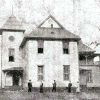
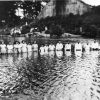
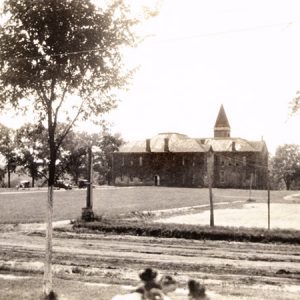
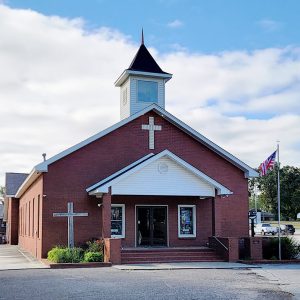
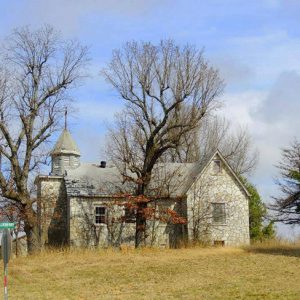
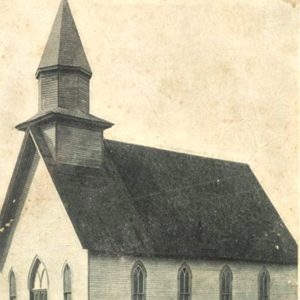
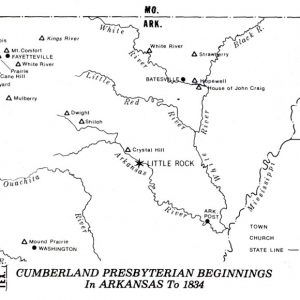
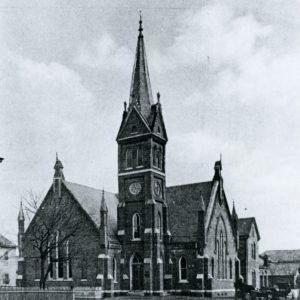
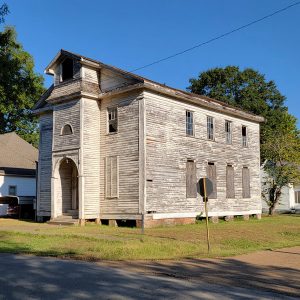
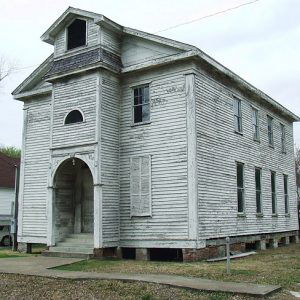
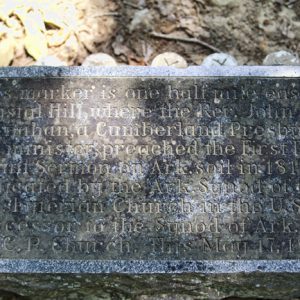
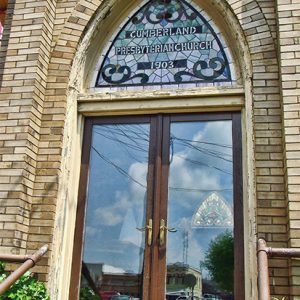
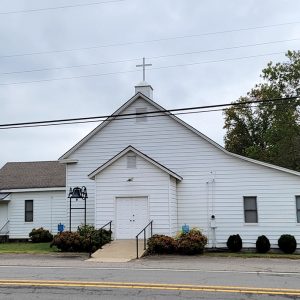
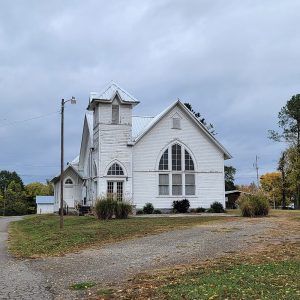




Comments
No comments on this entry yet.